Flux Protocol Airdrop Eligibility Checker
Check Your Airdrop Eligibility
The Flux Protocol airdrop on CoinMarketCap isn’t just another free token giveaway. It’s a strategic move by a rising DeFi protocol trying to break into a market dominated by giants like Aave and Compound. If you’re wondering whether it’s worth your time, here’s what actually happened, who got paid, and what you need to do if another one drops.
What Was the Flux Protocol Airdrop?
In October 2025, Flux Protocol distributed 10,000 FLUX tokens across 2,000 CoinMarketCap users. That’s 5 FLUX per winner - roughly $1,331 in total value at the time, based on a price of $0.1331 per token. It wasn’t a massive drop like some Ethereum-based airdrops, but for a project with a $52.78 million market cap and only 58,080 token holders, it was a meaningful push to grow its user base.
This wasn’t a random giveaway. Flux Protocol had just launched two major upgrades: Proof-of-Useful-Work v2 and FusionX, a new decentralized exchange. The airdrop was timed to drive awareness and attract early adopters to these new features. The goal? Get people to try the protocol, deposit assets, and start using FLUX beyond just holding it.
Who Could Participate?
Participation was limited to users with a verified CoinMarketCap account. No wallet address submission was required upfront - the system tracked activity through your CoinMarketCap profile. Based on industry patterns from similar airdrops, here’s what likely qualified you:
- Having a CoinMarketCap account created before October 1, 2025
- Completing at least one educational module about Flux Protocol on CoinMarketCap Academy
- Following Flux Protocol’s official social channels (Twitter, Telegram, Discord)
- Not being on a restricted jurisdiction list (e.g., U.S. residents were eligible, but some countries like North Korea or Iran were excluded)
There were no minimum token holdings or staking requirements. This made it accessible to beginners - which was the whole point. Flux wasn’t trying to reward whales. It wanted new users.
How Did the Distribution Work?
The 10,000 FLUX tokens were distributed automatically to winners’ CoinMarketCap wallet addresses on October 14, 2025. Winners received an email notification and a push alert in the CoinMarketCap app. Tokens were sent to the wallet address linked to your CoinMarketCap account - if you hadn’t linked one, you had 30 days to connect a compatible wallet (Ethereum, BSC, or Conflux-based addresses only).
Flux Protocol used a non-custodial system. That means CoinMarketCap didn’t hold your tokens. Once claimed, the FLUX moved directly into your personal wallet. You could then transfer it to an exchange, hold it, or use it in Flux’s lending protocol.
Some users reported delays in receiving tokens due to blockchain congestion on BSC and Ethereum. Flux’s team acknowledged this and advised recipients to check their wallet balances manually - not just rely on CoinMarketCap’s notification.

What Is Flux Protocol Actually Doing?
Flux Protocol is a decentralized lending platform. Think of it like Compound or Aave, but with a few key differences:
- Multi-chain support: It runs on Ethereum, BSC, Heco, OKExChain, and Conflux - with plans to add Solana and Polygon.
- Proof-of-Useful-Work v2: Instead of wasting energy like Bitcoin, users earn FLUX by contributing real computing power - like training AI models or running scientific simulations.
- Lower gas fees: Transactions cost up to 70% less than on Ethereum mainnet.
- FusionX exchange: Launched alongside the airdrop, this lets users trade FLUX and other assets without relying on centralized exchanges.
Unlike Aave, which locks over $5 billion in total value, Flux had just $18.2 million locked in its lending pools as of October 2025. That’s tiny. But its growth rate was fast - up 120% in the 30 days before the airdrop.
Why Should You Care About FLUX?
If you’re holding FLUX, you’re not just sitting on a speculative asset. You’re part of a network that’s trying to solve two big problems in DeFi:
- Energy waste: Most blockchains use Proof-of-Work, which burns electricity. Flux turns that waste into useful work - like helping researchers run simulations.
- Fragmentation: You can’t easily move assets between Ethereum, Solana, and BSC. Flux is building bridges between them.
That’s why analysts at Coinpedia predict FLUX could hit $1.68 by the end of 2025 - over 1,100% above its October price. That’s a bold call, but it’s based on real adoption trends. If Flux can get 100,000 active users by mid-2026, its TVL could jump to $100 million. That would put it in the top 100 DeFi protocols.
What Are the Risks?
Don’t get fooled by the hype. Flux is still small. Here’s what you need to watch out for:
- Liquidity risk: The 24-hour trading volume is only $7.5 million. That’s less than 15% of its market cap. Big sellers can crash the price quickly.
- Competition: Aave and Compound have years of trust, institutional backing, and billions in TVL. Flux has none of that.
- Concentrated ownership: The top 10 wallets hold over 42% of all FLUX. If one of them dumps, the price could drop 30% overnight.
- Unclear roadmap: Flux talks about Solana and Polygon integrations - but there’s no public timeline. No dates. No milestones.
CoinCodex’s Fear & Greed Index for FLUX sat at 38 (bearish) in October 2025. The 14-day RSI was 32.32 - below the neutral 50 mark. That means most traders were still skeptical.
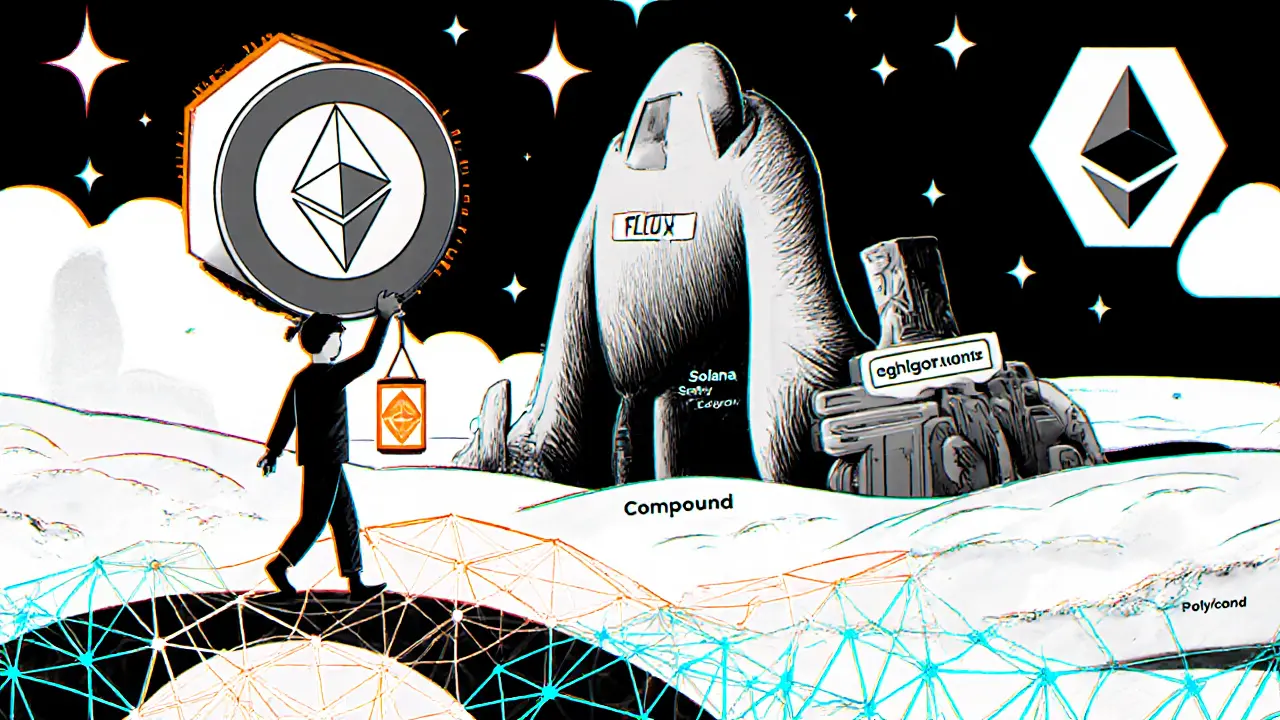
Is It Worth Participating in Future Airdrops Like This?
If you’re new to crypto, yes - but only if you treat it as a learning opportunity, not a get-rich-quick scheme.
Here’s how to approach future Flux Protocol or similar airdrops:
- Sign up for CoinMarketCap and complete their educational modules. They’re short, free, and help you understand what you’re getting into.
- Link a wallet - MetaMask, Trust Wallet, or a Conflux wallet - before any airdrop drops.
- Follow the official channels - not random Telegram groups. Check Flux Protocol’s Twitter and their GitHub repo for real updates.
- Don’t invest more than you can lose. FLUX is a high-risk, high-reward play. The token could go to $2 - or to $0.02.
- Use the tokens. Don’t just HODL. Deposit them into Flux’s lending pool. Borrow against them. Use FusionX. The more you interact, the more value you unlock.
What’s Next for Flux Protocol?
Flux isn’t stopping. The team has a clear roadmap:
- Q1 2026: Launch on Solana and Polygon
- Q2 2026: Integrate Layer 2 solutions for faster, cheaper transactions
- Q3 2026: Roll out FLUX staking with yield bonuses for long-term holders
- 2027: Target 1 million active wallet addresses
If they hit even half of these goals, FLUX could become a major player in cross-chain DeFi. But if they miss deadlines or lose developer momentum, the project could fade into obscurity - like dozens of other DeFi projects that promised the moon and delivered nothing.
The airdrop was just the beginning. The real test is whether users stick around after the free tokens run out.
Was the Flux Protocol airdrop real?
Yes, the Flux Protocol airdrop on CoinMarketCap was real and verified. On October 14, 2025, 10,000 FLUX tokens were distributed to 2,000 CoinMarketCap users who met participation criteria. Winners received 5 FLUX each, totaling $1,331 in value at the time. The distribution was processed through CoinMarketCap’s wallet system, and recipients received direct notifications.
How do I get FLUX tokens now?
The October 2025 airdrop has ended. You can still buy FLUX on exchanges like KuCoin, Gate.io, and FusionX - Flux’s own decentralized exchange. You’ll need a compatible wallet (Ethereum, BSC, or Conflux) to store it. Check CoinMarketCap’s FLUX page for live prices and trading pairs.
Can I participate in future Flux airdrops?
Yes, but you need to stay active. Follow Flux Protocol’s official Twitter and Telegram. Sign up for CoinMarketCap’s newsletter. Complete educational content on CoinMarketCap Academy. Future airdrops will likely require the same steps: account verification, social follows, and wallet linking. Don’t wait until the last minute.
Is FLUX a good investment?
FLUX is high-risk. It’s a small project with low liquidity and heavy competition. But it has real innovation - Proof-of-Useful-Work and cross-chain lending. If you believe in decentralized computing and DeFi’s future, it’s worth a small position. Never invest more than you can afford to lose. Watch for updates on FusionX and new chain integrations - those will be key indicators of long-term viability.
What’s the difference between Flux and Aave or Compound?
Aave and Compound are established lending platforms with billions locked in. Flux is newer, smaller, and focuses on two unique features: Proof-of-Useful-Work (where users earn tokens by doing real computational work) and multi-chain support across five blockchains. Flux has lower fees and is designed to be more energy-efficient. But it lacks the liquidity, brand trust, and user base of Aave or Compound.
Do I need to pay taxes on FLUX from the airdrop?
In the U.S., the IRS treats airdropped crypto as taxable income at the fair market value when you receive it. For the Flux airdrop, that was $0.1331 per token, so 5 FLUX = $0.67. You’ll need to report this on your tax return. Keep records of the date, amount, and value. Consult a crypto-savvy tax professional for guidance.
Why did Flux choose CoinMarketCap for the airdrop?
CoinMarketCap has over 100 million monthly users, many of whom are new to crypto. By partnering with them, Flux reached a broad, engaged audience without spending millions on ads. CoinMarketCap also verifies users, reducing fake accounts. This kind of partnership is common for emerging DeFi projects trying to grow quickly and credibly.
What happens if I don’t claim my FLUX tokens?
If you didn’t link a wallet within 30 days of the airdrop notification, your tokens were returned to Flux Protocol’s distribution pool. They were not redistributed to other users. Once the window closed, the tokens were permanently withdrawn. There’s no way to recover them.
Can I use FLUX on other platforms besides Flux Protocol?
Yes. FLUX is listed on several centralized exchanges like KuCoin and Gate.io, and on its own decentralized exchange, FusionX. You can also use it as collateral in Flux’s lending protocol, stake it for rewards (coming in Q3 2026), or trade it for other assets. But outside of Flux’s ecosystem, its utility is limited - it’s mostly a speculative asset until more integrations are built.
Is Flux Protocol secure?
Flux Protocol’s smart contracts have not been publicly audited by a major firm like CertiK or Trail of Bits as of October 2025. That’s a red flag. While the protocol claims to be non-custodial and secure, the lack of an audit means there’s no third-party verification of its safety. Only interact with small amounts until an official audit is published.
Final Thoughts
The Flux Protocol airdrop wasn’t about giving away free money. It was a test. Could a small, underdog DeFi project attract real users - not just speculators - with a simple, well-designed campaign? The answer seems to be yes. Over 374 new users likely started using the protocol after claiming their tokens, based on industry benchmarks.
If you’re curious about decentralized computing, cross-chain lending, or energy-efficient blockchains, FLUX is worth watching. But don’t chase it because it’s cheap. Chase it because you believe in what it’s building.
Keep your wallet ready. Stay informed. And next time an airdrop drops, you’ll know exactly what to do - and why it matters.
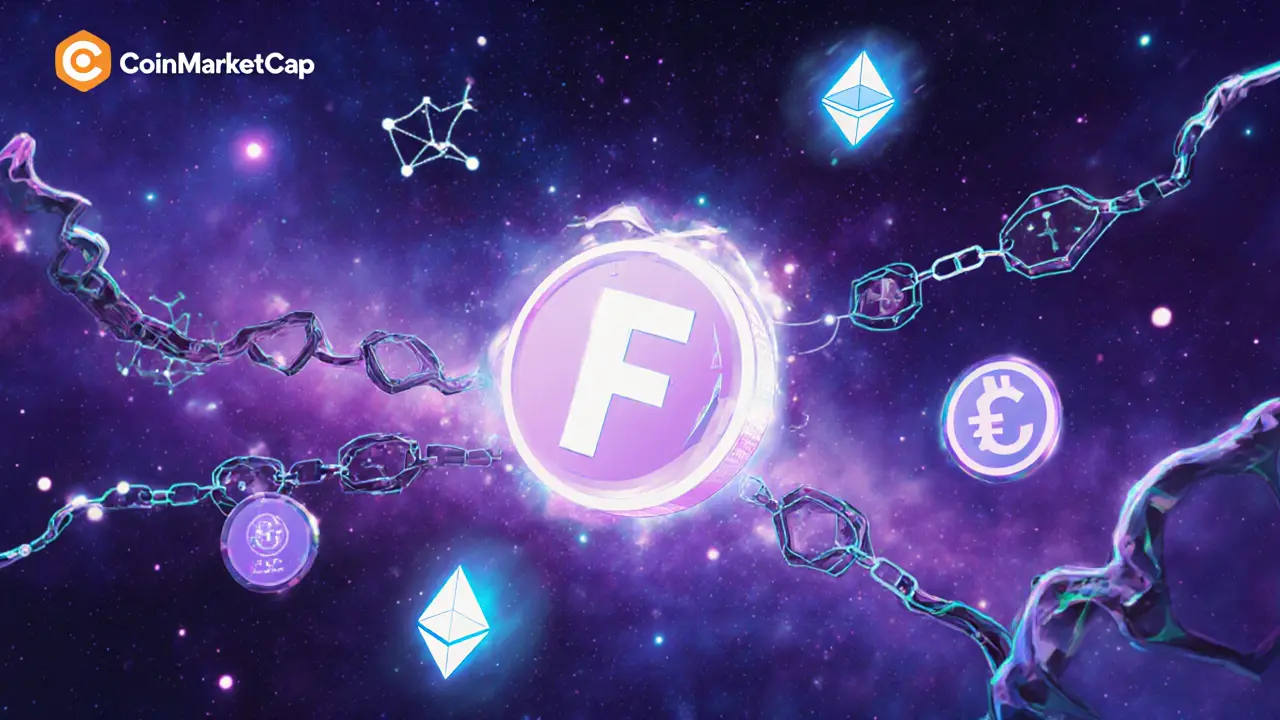
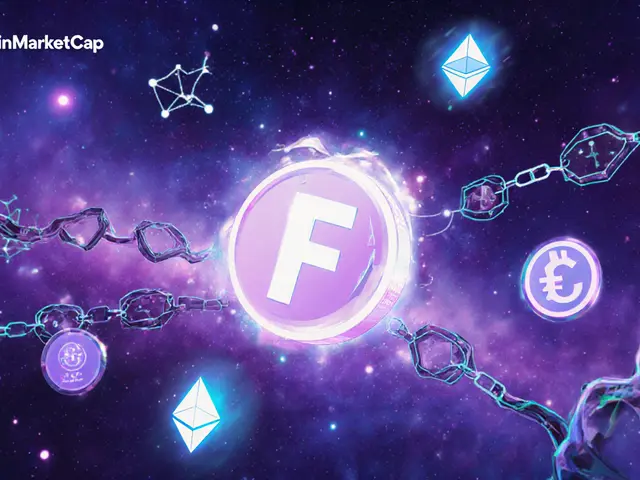




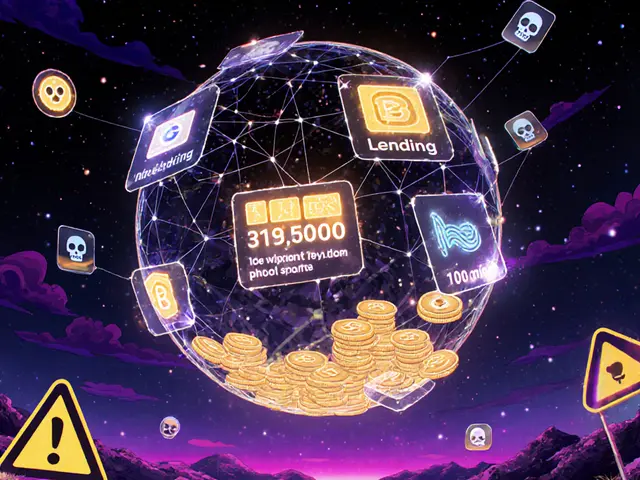
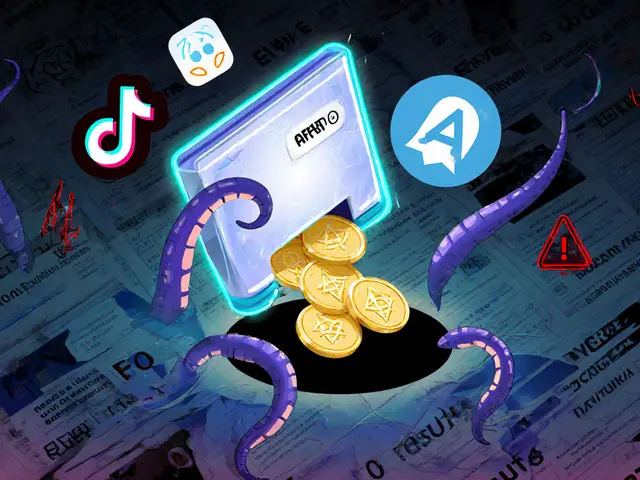
Tony spart
November 27, 2025 AT 19:54Ben Costlee
November 27, 2025 AT 22:22